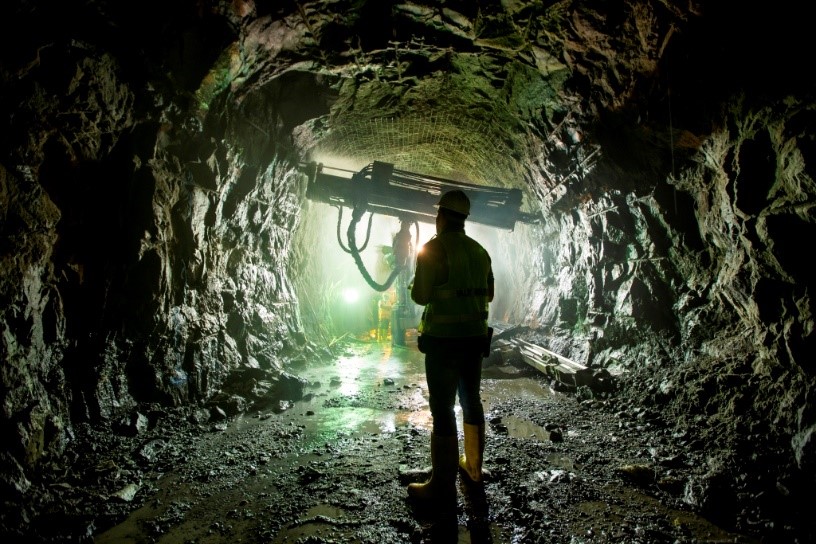
The Uma Oya Multipurpose Development Project (UOMDP) in Sri Lanka consists of two RCC dams and three tunnels. David Lees was appointed as Chief Site Supervisor for the construction of the 3.7km Link Tunnel and 15km Headrace Tunnel. The Headrace Tunnel was the first use of a TBM in Sri Lanka and passes through complex geology and hydrogeology requiring pre-excavation and post grouting works.
The Uma Oya Multipurpose Development Project (UOMDP)is located in the Uva Province of the south-eastern part of the central highland region of Sri Lanka.
The UOMDP consists of three tunnels (link tunnel headrace tunnel and tailrace tunnel) and two dams located on the Uma Oya river at Pohulpolla and Mahotilla Oya river at Dyraaba. Diverted water from the Pohulpolla dam will be conveyed approximately 3.7km via the Link Tunnel into the reservoir at Dyraaba, then via the 15.2km headrace tunnel to the 628m deep power shaft to the underground power station. The water from the power station is then discharged via the 3.6km long tailrace tunnel into a tributary of the Kirindi Oya river.
David was appointed as Chief Site Supervisor for construction of the Link Tunnel and Headrace Tunnel.
The Link Tunnel was excavated by conventional drill and blast and lined with fibre shotcrete. Excavation was carried out from both sides.

The Link tunnel is a horse-shoe shaped tunnel 4.95m high and 4.7m wide.

The headrace tunnel is 15.2km long and the excavation of the 4.3m diameter tunnel is done using two double shielded TBM, one from each end. This is the first use of a TBM in Sri Lanka.

Pre-excavation grouting is carried out ahead of the face by probe drilling. A major ingress occurred in December 2014 and the TBM excavated a further 700m before stopping to seal the leak by post grouting. David joined the team during the time and completed this initial grouting to reduce the water ingress from over 400l/s to less than 60 l/s. When excavation restarted David implemented a strict regime of pre-excavation grouting but due to limitations in the TBM further ingress occurred and in April 2017 an ingress of more than 1000 l/s was intersected at the face.

The TBM was modified to enable pre-excavation throughout the full perimeter of the machine and the ingress was sealed behind the TBM.

David was also responsible for monitoring the water resources on surface and carried out research through the University of Peradeniya to determine appropriate tunnelling techniques for future Sri Lankan projects for which he has submitted a PhD thesis.
